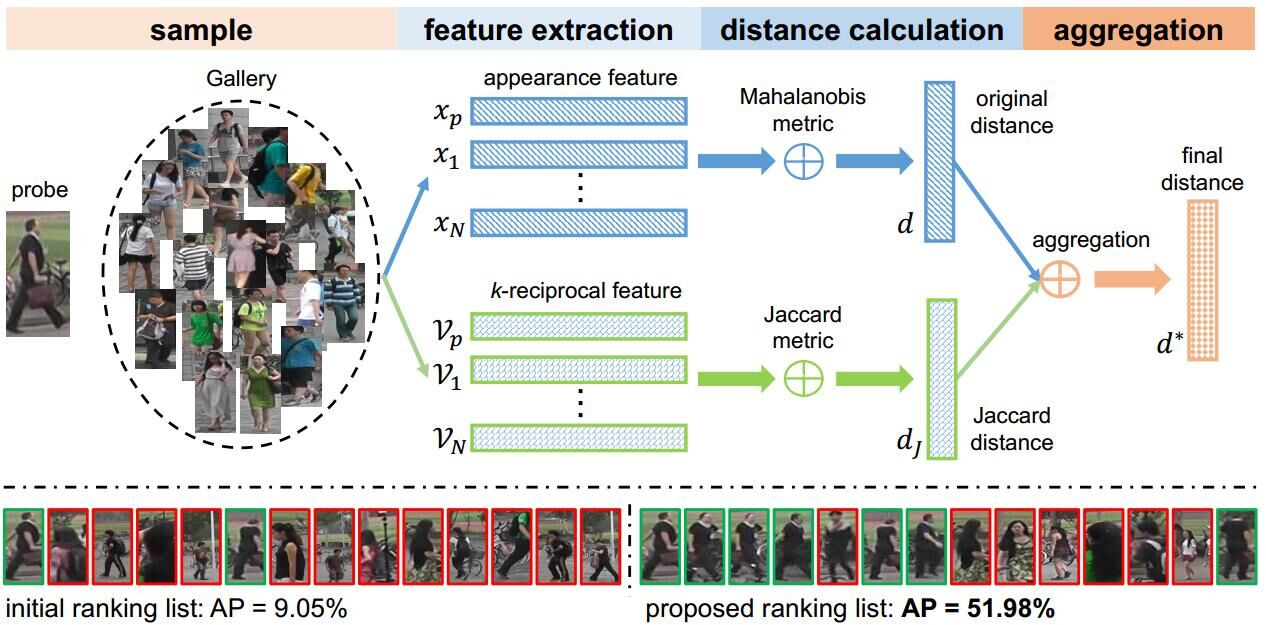恭喜我室钟准博士的‘Zhun Zhong, Liang Zheng, Donglin Cao, Shaozi Li (Correspongding Author), "Re-ranking Person Re-identification with k-reciprocal Encoding", IEEE Conference on Computer Vision and Pattern Recognition, 2017.’,罗志明博士的‘Luo Z, Mishra A, Achkar A, Eichel J, Li S-Z, Jodoin P-M, “Non-Local Deep Features for Salient Object Detection”, IEEE Conference on Computer Vision and Pattern Recognition (CVPR 2017) ’论文被CVPR2017录用。

e
Saliency detection aims to highlight the most relevant objects in an image. Methods using conventional models struggle whenever salient objects are pictured on top of a cluttered background while deep neural nets suffer from excess complexity and slow evaluation speeds. In this paper, we propose a simplified convolutional neural network which combines local and global information through a multi-resolution 4*5 grid structure. Instead of enforcing spacial coherence with a CRF or superpixels as is usually the case, we implemented a loss function inspired by the Mumford-Shah functional which penalizes errors on the boundary. We trained our model on the MSRA-B dataset, and tested it on six different saliency benchmark datasets. Results show that our method is on par with the state-of-the-art while reducing computation time by a factor of 18 to 100 times, enabling near real-time, high performance saliency detection.
When considering person re-identification (re-ID) as a retrieval process, re-ranking is a critical step to improve its accuracy. Yet in the re-ID community, limited effort has been devoted to re-ranking, especially those fully automatic, unsupervised solutions. In this paper, we propose a k-reciprocal encoding method to re-rank the re-ID results. Our hypothesis is that if a gallery image is similar to the probe in the k-reciprocal nearest neighbors, it is more likely to be a true match. Specifically, given an image, a k-reciprocal feature is calculated by encoding its k-reciprocal nearest neighbors into a single vector, which is used for re-ranking under the Jaccard distance. The final distance is computed as the combination of the original distance and the Jaccard distance. Our re-ranking method does not require any human interaction or any labeled data, so it is applicable to large-scale datasets. Experiments on the large-scale Market-1501, CUHK03, MARS, and PRW datasets confirm the effectiveness of our method. Code is available at: https://github.com/ zhunzhong07/person-re-ranking.
6